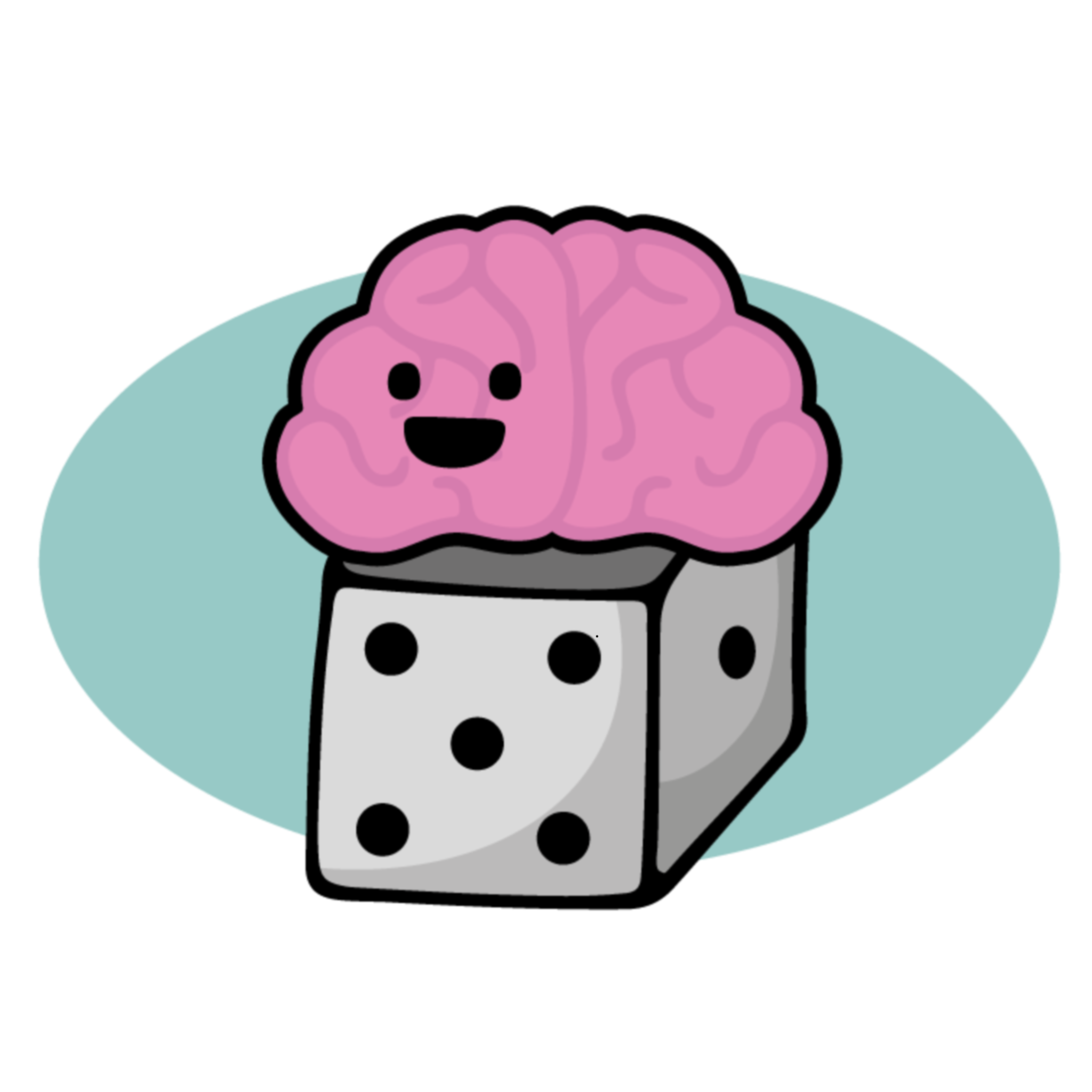Memory, Part 4: Learning how to remember
 There are lots of things that I hope my kids will remember as they get older - family holidays, special activities, and fun routines we've developed together, to name only a few. But like all abilities, different kids vary in their skills when it comes to remembering information and events. Not only that, but memory skills develop and change as kids grow, making it tough to know the best way to help kids remember things that they've done. In other words, there is no "one size fits all" solution when it comes to helping your kids remember things. However, there has been some research examining strategies that parents and caregivers can use to find the best techniques for improving memory. In 1997, Drs. Hudson and Gillam published an article in Topics in Language Disorders about long-term memory strategies.
One of the reasons for variations in recalling events is that memory doesn't involve only one skill. You have to encode the information first ... if something doesn't make it into long-term memory in the first place, you won't be able to recall it later! Storage is also a factor; the amount of information that children can store in memory is likely to change as they develop. If you want to remember something later, you have to retrieve the information from memory as well. Finally, kids differ in their language skills, too, meaning that they might be able to remember something but have trouble putting it into words. All of these factors are inter-related, so strengths or weaknesses in any of these areas could influence the effectiveness of a particular memory strategy.
There are lots of things that I hope my kids will remember as they get older - family holidays, special activities, and fun routines we've developed together, to name only a few. But like all abilities, different kids vary in their skills when it comes to remembering information and events. Not only that, but memory skills develop and change as kids grow, making it tough to know the best way to help kids remember things that they've done. In other words, there is no "one size fits all" solution when it comes to helping your kids remember things. However, there has been some research examining strategies that parents and caregivers can use to find the best techniques for improving memory. In 1997, Drs. Hudson and Gillam published an article in Topics in Language Disorders about long-term memory strategies.
One of the reasons for variations in recalling events is that memory doesn't involve only one skill. You have to encode the information first ... if something doesn't make it into long-term memory in the first place, you won't be able to recall it later! Storage is also a factor; the amount of information that children can store in memory is likely to change as they develop. If you want to remember something later, you have to retrieve the information from memory as well. Finally, kids differ in their language skills, too, meaning that they might be able to remember something but have trouble putting it into words. All of these factors are inter-related, so strengths or weaknesses in any of these areas could influence the effectiveness of a particular memory strategy.
After reviewing the research on the development of memory, Hudson and Gillam decided that it wasn't useful to address each memory factor separately. Instead, keeping the inter-relatedness of encoding, storage, retrieval, and language skills in mind, they developed a four-part plan to address memory problems. Even though they were looking at assessing and treating kids who were having difficulties, the activities they describe are exactly the kinds of things I would recommend to any parent or teacher who wants to help kids to remember something. The techniques they use could easily be applied when you're teaching your kids how to do something new, and some of them might even help them to remember the kinds of special events I mentioned above. Here's a quick summary of Hudson and Gillam's activities:
- Before the activity: Give some background information about what you'll be doing. Knowing what to expect can give kids clues about what they'll need to remember later.
- During the activity: Explain what you're doing, ask questions, and talk about the things you're hoping your child will remember. This gives verbal cues about what might need to be recalled later, which has been shown to be helpful even for three and four year-olds. Kids often talk themselves through new activities until they become more automatic. When my kids were learning the days of the week in kindergarten, I used to ask them questions like, "What day comes after Thursday?" They always started at Sunday and recited the sequence out loud before they could answer! Stating what they needed to know out loud was helpful. Increasing participation in an activity can also make it more memorable. There's lots of research showing that people (adults too) remember things they've done more easily than things they've read about. The more involved your children are, the more likely they'll remember what they've done.
- Immediately after the activity: Go over what happened; giving a brief summary could reinforce what they've learned. Asking questions could also encourage your kids to think about the activity in a way that might help them to remember it later.
- When it's time to remember: Re-enacting the event has been shown to improve recall for kids as young as 18 months! This isn't really news - repetition helps people to remember things. Hudson and Gillam also talked about something called "reinstatement." This involves providing cues about part of the event that you want your kids to recall; watching someone on television doing something similar might be one way to "reinstate" the event. Using props and phoitographs could also help. One example in the article involved baking cookies; reinstatement in that case might be showing your child the mixing bowl or some of the other equipment you used when baking. You might show a picture of your summer holiday if you're recalling that. Having the child draw the event they're remembering, and adult elaboration of the memories might also be helpful.
Although these steps are based on previous research, and they certainly make sense based on my understanding of memory, Hudson and Gillam didn't test their program in the article. Instead, they wrote about parents who were using the strategies to determine the best ways to help their kids remember things. One mother worked on three activities with her child - on one, she didn't use any strategies, on another she used some of the techniques during the task but not during recall, and on a third she only used the recall strategies. She eventually found that her child remembered best when she asked him questions during and immediately after the activity. Since there's no "one size fits all" answer for memory, parents need to be researchers in their own home to find out what works best!
You can read Hudson and Gillam's work here.
Vote for The Family Anatomy Podcast at Podcast Alley and for the blog at Blogger’s Choice!
Note: Posts on Family Anatomy are for education only. If you need to talk to someone about family or mental health issues, you can get a referral from your family doctor.
